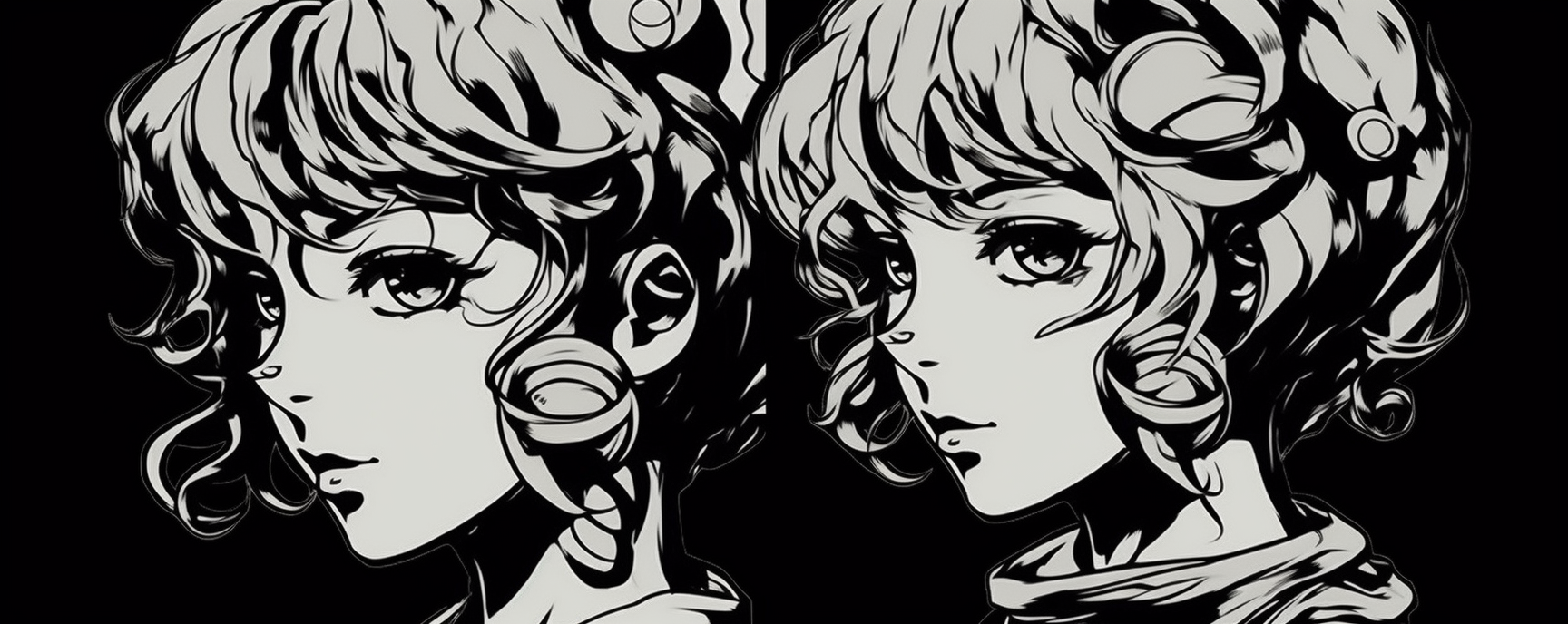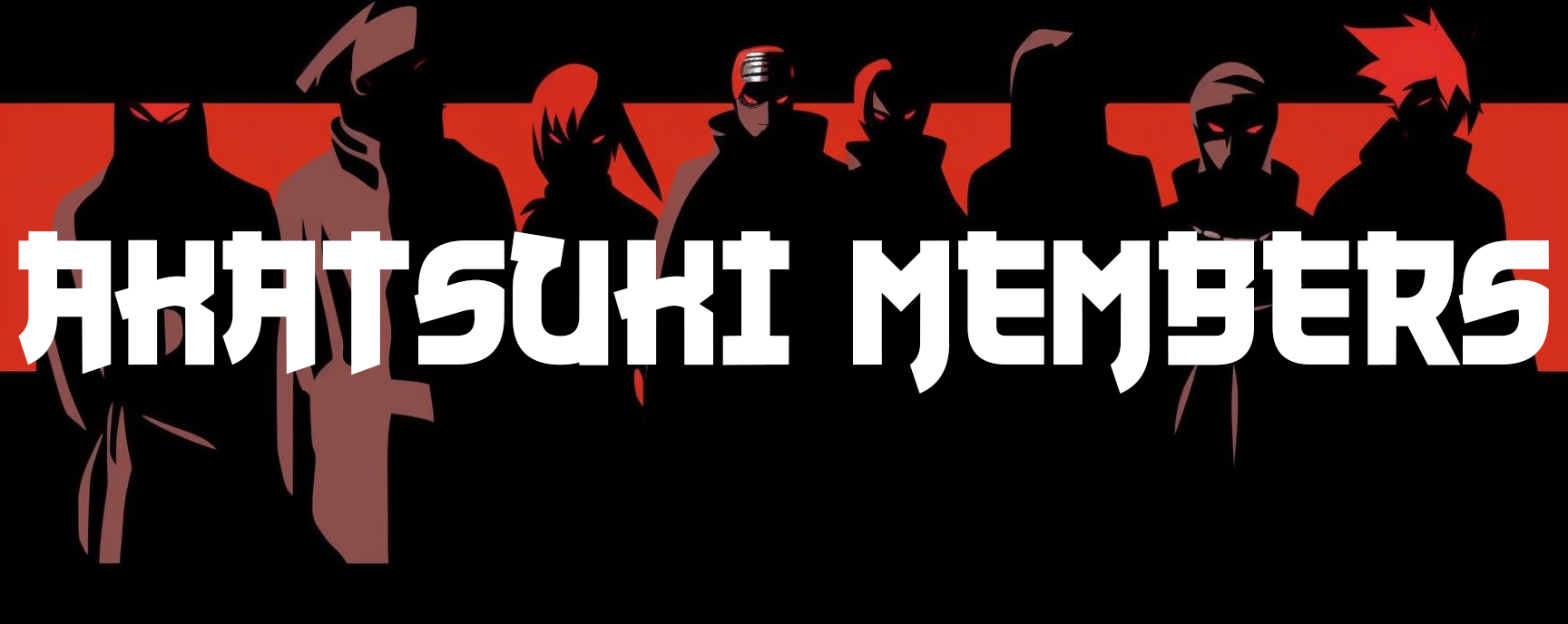Anime is a unique form of animation that has gained immense popularity around the world over the past few decades. It originated in Japan and has become a global phenomenon, capturing the hearts and minds of people of all ages. The term “anime” is derived from the Japanese word “animation,” and it refers to the distinctive style of Japanese animation that is characterized by vivid colors, dynamic camera angles, and complex storylines.
Origins of Anime

Anime has its roots in Japan’s long history of animation and cartoon art. Japanese animation has been around since the early 1900s, but it was not until the 1960s that anime, as we know it today, began to take shape. Astro Boy, created by Osamu Tezuka in 1963, is considered to be the first anime series. It was hugely popular and paved the way for other anime series.
Evolution of Anime
Anime has come a long way since its early days. Over the years, it has evolved and grown in popularity, becoming an integral part of Japanese culture. The 1970s saw the emergence of mecha anime, which focused on giant robots and other advanced technologies. In the 1980s, anime began to take on a darker tone, with series like Akira and Vampire Hunter D exploring mature themes and graphic violence.
Historical Anime Industry
The anime industry in Japan is a massive enterprise, generating billions of dollars in revenue each year. The industry has a long and storied history, with many production companies and studios contributing to the development and growth of anime. Some of the most prominent studios in Japan include Toei Animation, Studio Ghibli, and Kyoto Animation.
Milestones in Anime History
Over the years, there have been many milestones in anime history. In 1988, Akira was released, becoming the first anime film to receive widespread critical acclaim in the West. In the 1990s, the rise of the internet and the popularity of anime conventions helped to fuel the growth of the anime industry. In 2001, the release of Spirited Away, directed by Hayao Miyazaki, became the first anime film to win an Academy Award.
Classic Anime Series
There have been many classic anime series over the years that have helped to shape the genre. Some of the most iconic include Dragon Ball Z, Sailor Moon, and Cowboy Bebop. These series have become cultural touchstones and have inspired countless fans and creators around the world.
Pioneers of Anime Art
Many artists and animators have played a vital role in the development of anime. Osamu Tezuka, known as the “Godfather of Anime,” is credited with creating many of the foundational elements of anime storytelling and character design. Other pioneers of anime art include Hayao Miyazaki, Mamoru Oshii, and Katsuhiro Otomo.
The Golden Age of Anime
The 1980s and 1990s are considered to be the golden age of anime. During this time, anime experienced a surge in popularity, both in Japan and around the world. Some of the most influential anime series, like Akira and Neon Genesis Evangelion, were released during this period, and they helped to define the genre and inspire a generation of fans.
Anime’s Impact on Pop Culture
Anime has had a profound impact on pop culture, both in Japan and around the world. It has inspired countless works of art, music, and literature, and it has influenced the way people think about animation and storytelling. Anime conventions have become a global phenomenon, drawing fans from all over the world to celebrate their love of anime and manga.
Anime and Globalization
Anime’s popularity has only continued to grow in recent years, and it has become a global cultural phenomenon. With the advent of streaming services like Netflix and Crunchyroll, anime has become more accessible than ever. Many popular anime series are now dubbed or subtitled in multiple languages, making them available to audiences all over the world. Additionally, anime has had a significant impact on global pop culture, with anime-inspired fashion, music, and art gaining popularity in many countries.
Some additional things to consider
- Anime has also influenced Western animation, with many Western animators citing anime as an inspiration for their work.
- Cosplay, or costume play, has become a popular hobby among anime fans, with people dressing up as their favorite anime characters at conventions and events.
- The success of anime adaptations like Death Note, Fullmetal Alchemist, and Attack on Titan have helped to further popularize anime and manga outside of Japan.
- The popularity of anime has also led to the creation of anime-themed cafes, restaurants, and shops in many countries, providing fans with a chance to immerse themselves in anime culture.
- Anime has also influenced the gaming industry, with many popular video games featuring anime-inspired graphics and storytelling.
In conclusion, anime has a rich and fascinating history that spans over a century. It has evolved and grown in popularity, becoming a global phenomenon that has had a profound impact on pop culture. Its impact can be seen in everything from fashion to music to video games, and it continues to inspire and entertain audiences around the world. As anime continues to evolve and grow, it will undoubtedly inspire and entertain fans for generations to come.

Rob is an entrepreneur hailing from Denver, Colorado. When he’s not busy running his successful business, he spends his free time indulging in his hobbies of anime and video games. As an avid enthusiast of these mediums, Rob draws inspiration from their immersive storytelling and captivating characters. His love for anime and video games also fuels his creativity in his entrepreneurial pursuits, as he seeks to create innovative solutions that captivate and engage his audience, just like his favorite stories and games do.




